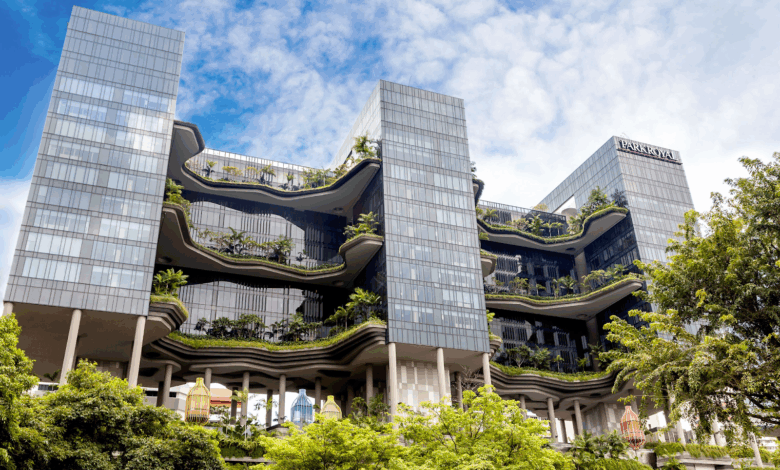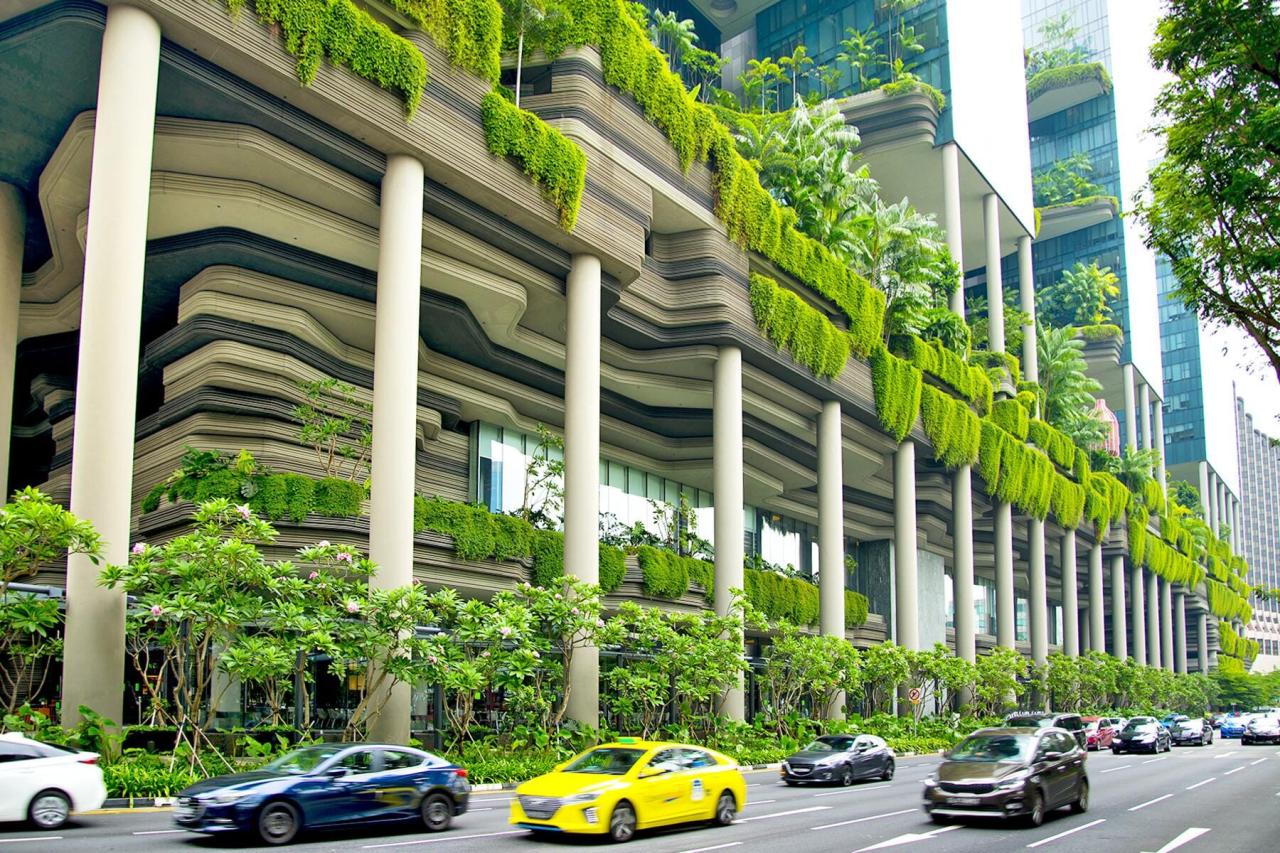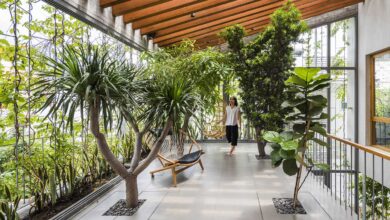Future Skyscrapers: Redesigning the Skyscraper with Green Technology

Skyscrapers have long been the symbol of futurism, power, and advancement. Following on from environmental issues on a global level, however, the very definition of what a skyscraper is quickly being turned on its head. Today, future skyscrapers are less about reaching up higher but more about how to best incorporate green technology in an effort to reimagine city skylines.
Firstly, architects are abandoning traditional glass-and-steel skyscrapers. They are integrating smart façades, solar panels, and wind turbines to generate clean energy in the building itself. As a result, skyscrapers are turning into vertical power plants that reduce the dependency on conventional energy grids.
Also, sustainability is not an afterthought but a driving force for innovation. For instance, green roofs and vertical gardens are now common in the majority of high-tech skyscrapers, improving air quality, reducing temperatures, and offering healthier urban living. Also, high-tech water recycling and rainwater harvesting systems guarantee resource-efficient management, thereby making these towers independent self-sustaining systems.

Above all, new digital technologies are reshaping the manner in which skyscrapers interact with their occupants. Smart sensors, artificially intelligent building management systems, and adaptive lighting make energy efficiency in comfort and well-being optimal. Such skyscrapers are therefore no longer static monuments but breathing, living structures that become attuned to human needs and environmental conditions.
Coming soon, the creation of the cities of the future in terms of skyscrapers is not so much about architectural advancements—it is about a shift toward climatically responsive and climate-resilient cities. As the population in cities continues to swell, these technologies will become the standard of living green and set the stage for tomorrow’s skylines.
Briefly, future skyscrapers made possible by sustainable-tech are remaking how we think of city life. By balancing innovation, resilience, and nature stewardship, they are the architecture of the future—where sustainability and beauty rise hand in hand.

